Trails of Chitlang and Markhu: Exploring Nepal’s Beauty

“Blah, blah, blah,” echoed the voice of a man loudly chatting on his phone during our early morning bus ride to Thankot. He received so many calls and did so much shouting. Surprisingly, this unknown guy was with us for the hike as he knows the route and will show the path. At 6 in the morning, his mood was somewhere else rather than focusing on the hike.
Embarking on the Chitlang Markhu hike, one of my friend bring this stranger who claim himself knowing this route very well and we don’t mind. I asked my friend who bring the stranger what’s going on with this person? Why he was shouting like this? And my friend told me that the stranger recent survival from a suicide attempt. Though he had bravely chosen to join us, we couldn’t shake the haunting question lingering in our minds: would he be tempted to try again amidst the solitude of the wilderness?
We embarked on the jungle trail departing from Godam Chowk, veering away from the main road. The weather was splendid, with a clear sky overhead. Behind us, the majestic peaks of the Himalayan range stood prominently visible. Numerous narrow trails branched off from the road that was still under construction, meant to link Chitlang to Kathmandu.

Preferring the uphill hiking path over the dusty road still under development, we forged ahead. As we traversed the hiking trail, our thoughts were consumed by concerns about our acquaintance, who used to serve as our tour guide. However, our worries dissipated when Pappu exclaimed, “I’ve been on this trail before! I know it well.” Trusting Pappu’s familiarity, we followed his lead instead of relying on our unfamiliar friend.
Encountering a few locals and passing by local shops along our hike, we provided Pappu with occasional respite when he expressed fatigue, offering him a glass of local whiskey, which inexplicably revitalized him. After approximately one and a half hours of ascent, we reached the summit of Chandragiri Bhanjyang, marking the conclusion of our uphill journey. At this point, we transitioned from Kathmandu district to Makwanpur district.
Taking advantage of short breaks, the five of us relished capturing moments through photography. After a 20-minute respite, we commenced our descent towards the picturesque village of “Chitlang”. Chitlang is a quiet village surrounded by beautiful hills and scenery. It’s known for its history, friendly people, and stunning views. Historically, Chitlang has served as the gateway to Kathmandu from the Terai region since ancient times. Strolling amidst centuries-old monasteries, temples, chaityas, dilapidated houses, and stone fountains, one’s imagination easily transports back to ancient times. However, the allure of modern roads, resorts, and structures swiftly beckons us back to the present.



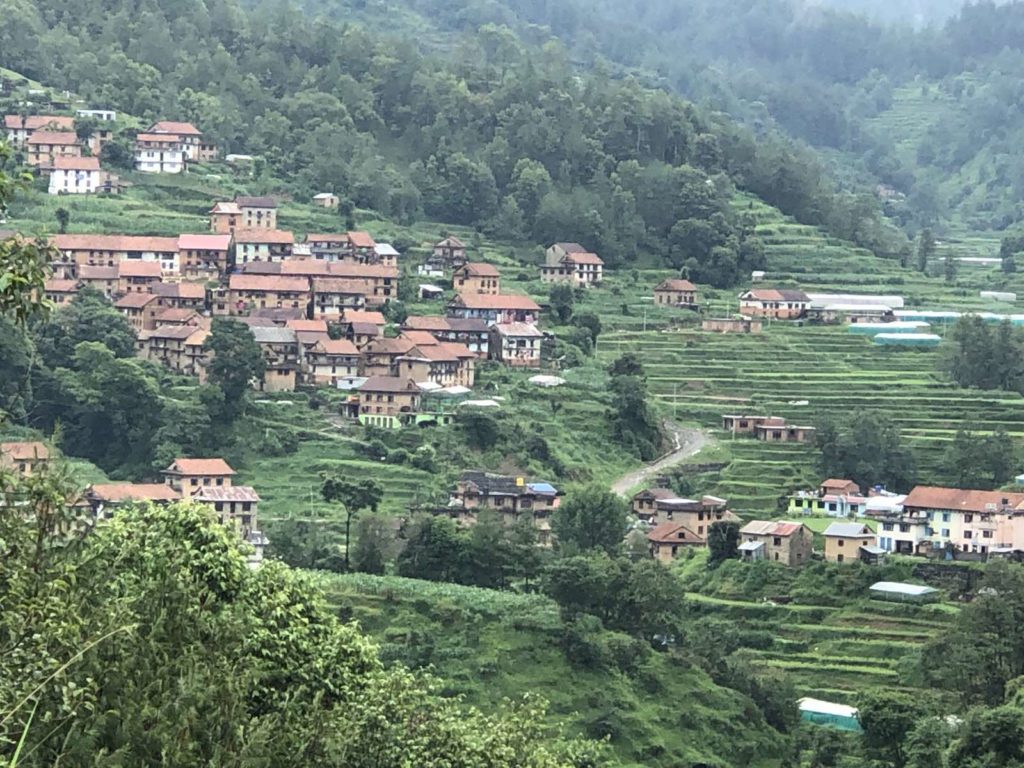



During our journey, after having a light breakfast, we started feeling hungry for lunch. We enjoyed a tasty local meal at one of the oldest restaurants in Chitlang. Then, we got ready to leave for our next stop, Markhu. As we walked through Chitlang’s villages, we saw old temples, stone spouts, and houses damaged by past earthquakes. Our route included both roads and hiking trails. As we ventured through the forest, the sight of a man-made reservoir brought a refreshing sense of tranquility to our journey.
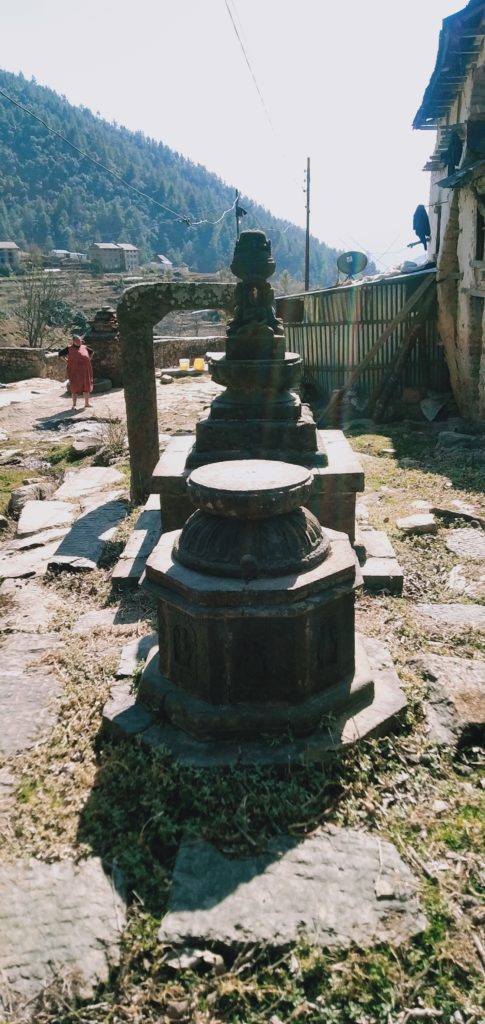



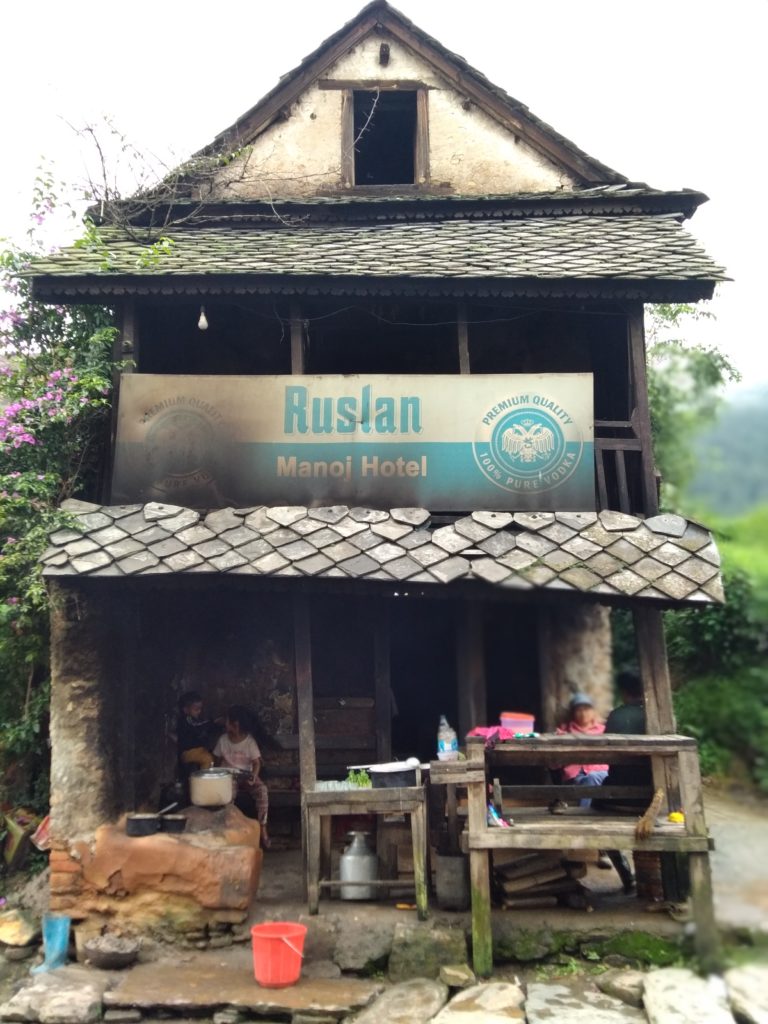
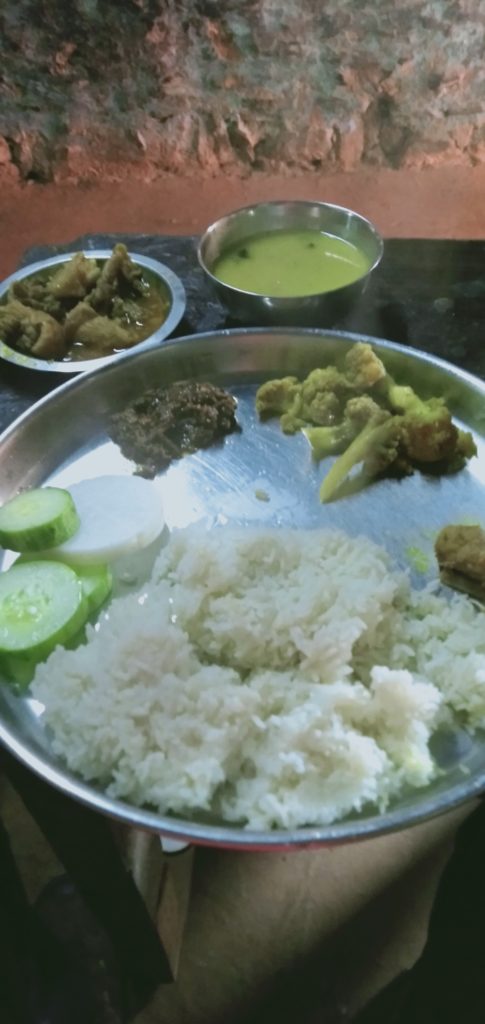
Markhu is a lovely village near the well-known man-made reservoir (Kulekhani Dam). It’s located in the Indrasarowar Rural Municipality of Makwanpur District, Bagmati Province, Nepal. Upon reaching Markhu, we indulged in light snacks and seized the opportunity to capture countless moments through photography.







It was 5 pm, and realizing we had missed the last bus, we walked for almost an hour to reach Kulekhani Bazaar. Known for its delicious fish, we couldn’t resist indulging ourselves. Eventually, we found a college bus willing to give us a lift towards Kirtipur. Gratefully, the five of us—Subin, Pawan, Sunil, an unknown person, and I—made it home safely. Finally, we got the answer to the question that had been weighing on our minds: “Would he be tempted to try again amidst the solitude of the wilderness?”
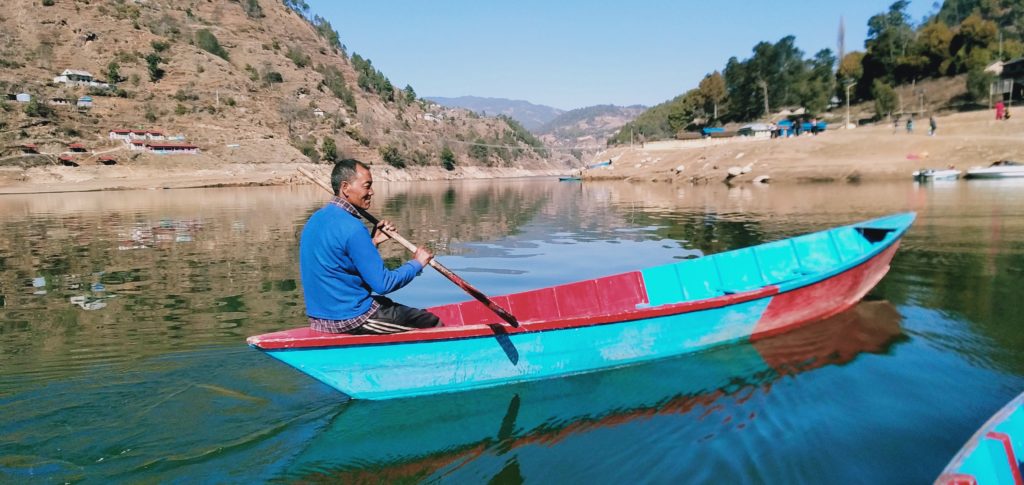





I have been hiking so many times in this area. These days, we hardly find hiking trails. I don’t know why people are destroying trails in the name of development.
Just a query, what is the reason behind that unknown guide?